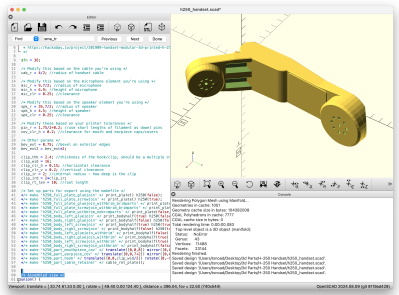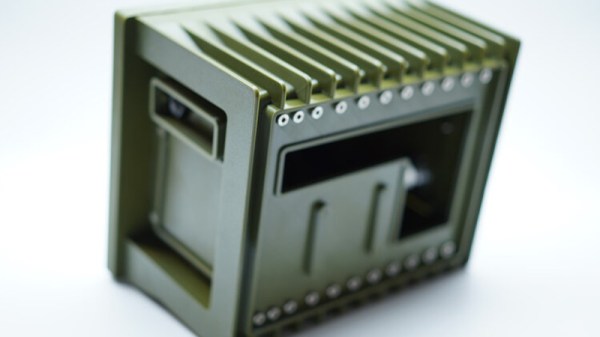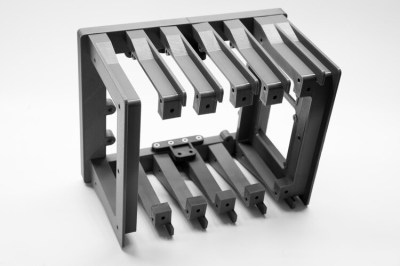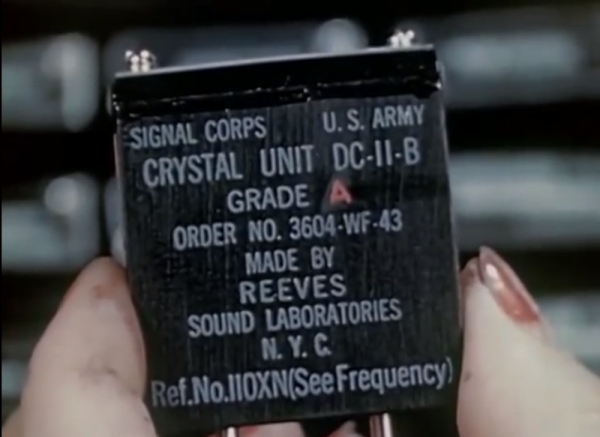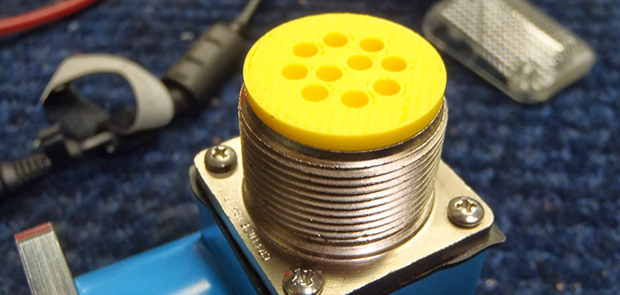We all know periscopes serve for observation where there’s no direct line-of-sight, but did you know they can allow you to peer through history? That’s what [msylvain59] documented when he picked up a British military night vision periscope, snagged from a German surplus shop for just 49 euros. Despite its Cold War vintage and questionable condition, the unit begged for a teardown.
The periscope is a 15-kilo beast: industrial metal, cryptic shutter controls, and twin optics that haven’t seen action since flares were fashionable. One photo amplifier tube flickers to greenish life, the other’s deader than a disco ball in 1993. With no documentation, unclear symbols, and adjustment dials from hell, the teardown feels more like deciphering a British MoD fever dream than a Sunday project. And of course, everything’s imperial.
Despite corrosion, mysterious bulbs, and non-functional shutters, [msylvian59] uncovers a fascinating mix of precision engineering and Cold War paranoia. There’s a thrill in tracing light paths through mil-spec lenses (the number of graticules seen that are etched on the optics) and wondering what secrets they once guarded. This relic might not see well anymore, but it sure makes us look deeper. Let us know your thoughts in the comments or share your unusual wartime relics below.
Continue reading “British Wartime Periscope: A Peek Into The Past”



